Has cloud tech become commonplace already? What are some trends that are beyond just buzzwords? How is Rolls-Royce relying on an emerging cloud trend to help improve customer efficiency? Read this blog to find out if you need to rethink your cloud strategy.
Introduction
If you’re wondering whether the era of cloud technology is old news, this blog will tell you otherwise. Cloud-adoption has seen phenomenal growth and looks like there’s no stopping that anytime soon, after all, it continues to deliver significant benefits.
Gartner’s forecast reinforces this sentiment that there’s cloud growth – the worldwide public cloud revenues will cross the mark of $300 billion by 2021. This year alone will witness 17% growth in revenues from last year to stand at $266.4 billion.
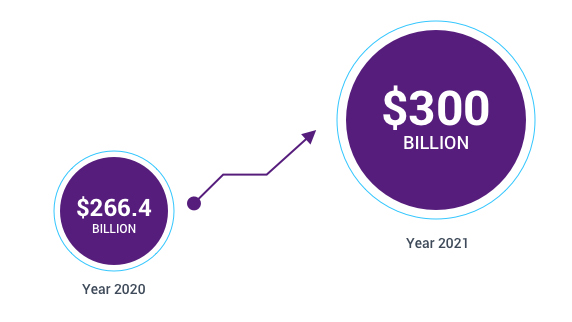
Well, there are reports that forecasted ambitious 5X more spending by enterprises on the cloud-adoption in the coming decade.
Enterprises are moving towards the cloud with an aim to save costs, improve security, enhance mobility, augment collaboration, have quality control, drive better insights and more.
Salesforce Founder, Marc Benioff, defined cloud computing in one of the easiest ways as “Simply put, cloud computing is a better way to run your business.” We agree.
Early concerns around security have largely been addressed. Cloud powered with Artificial Intelligence (AI), Predictive Analytics, Machine Learning (ML) around data breaches, compliance, data control, etc. have helped businesses instill more confidence in the technology and led to management buy-in.
With more use cases emerging, businesses too are revving up the spending, and first-timers are getting their feet wet with cloud adoption.
Well, that’s the cloud adoption story so far – but what has cloud got to offer in 2020? This blog will touch upon cloud trends that will gain more ground this year.
XaaS
Businesses choose PaaS (Platform-as-a-Service), SaaS (Software-as-a-Service), and IaaS (Infrastructure-as-a-Service) to cut down Opex, lower time-to-market, enhance security and scalability.
Cloud’s got more to offer than just three models – the list grew bigger when storage-as-service, hardware-as-a-service, desktop-as-a-service, and more service models became available. Now in 2020, XaaS – Everything-as-a-Service is a reality, a.k.a anything-as-a-service.
Functions like Communications, Marketing, Healthcare, etc. are available as CaaS, MaaS, HaaS respectively – companies are banking on such services, applications, platforms to seek an array of benefits.
A business could gain more mileage without a huge investment in the cloud because traditional on-premise infrastructure could mean huge costs. XaaS models also offer customized scaling options – which businesses leverage as per the requirements.
The new service models that fall under the realm of XaaS help in transforming experience of the end-user. The real-time responsiveness of the platform shoots up, which allows the customers to have better interactions.
If you can’t really imagine how this works, here’s an example for you: Rolls-Royce’s TotalCare program involved renting engines to airlines on an hourly basis.
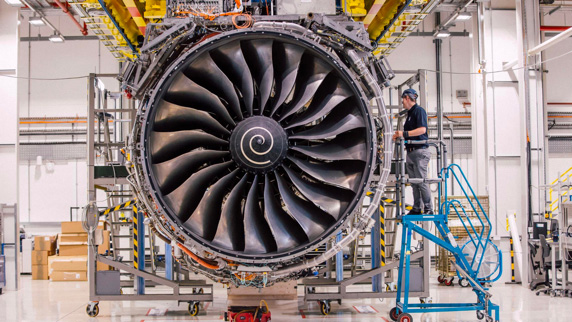
The other interesting feature that comes along with the service offered is proactive maintenance enabled with IoT sensors. This allows the minimum breakdown of engine parts and leads to an increase in efficiency.
That’s a classic example of XaaS – anything-as-a-service model put to work with the help of the cloud, IoT, and even analytics.
The above service by Rolls-Royce helps airlines increases efficiency. Even a small percentage increase could mean a million dollars or even more. Impressive?
When customers see more ‘value’ in your service/product that they’re paying for, they are willing to continue the service from your company, and perhaps even ready to offer more business.
Edge and Fog Computing
If we were to pick on one of the key benefits of cloud computing, it’d be the ability to process and deploy faster. Now, imagine a computing model that is miles ahead in terms of processing. That’s ‘edge computing.’
Edge computing is trending for the faster processing-capabilities it helps deliver. This will help you understand better: when the data is generated, all of it is certainly not useful. So, you don’t really have to send it to cloud – instead, the processing can happen at the data-generation source, on the devices.
Since the marked data gets processed near the source – at the edge of the network, edge computing is faster. This means a drop in the latency and a rise in the response time.
For a layman, fog and edge computing might seem very similar but there’s one primary distinction. The location of computing is not really near the data-generation source for fog computing.
Computing for fog takes place at LAN hardware, whereas for edge computing, it happens at the IoT devices/sensors. Since the proximity of edge is closer than that of fog, fog computing is slower than the edge in terms of processing speed but higher than general computing models.
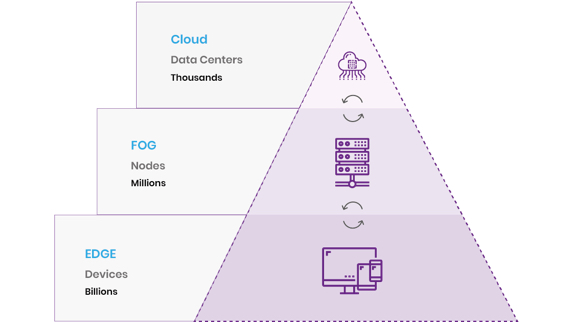
If this has got you wondering whether it’s just another buzzword, here are a couple of use cases to prove otherwise for edge computing:
1. Industrial automation: machines with sensors can detect changes/anomalies, and edge computing enables data processing at the devices and triggers automated actions.
2. Autonomous vehicles: Car manufacturers will essentially rely on edge computing because the processing needs to be literally in a flash. Autonomous cars need the capability of real-time decision-making. Any latency in processing can be dangerous. Therefore, edge computing will prevail over the cloud.
3. Finance: Can a lag in trading algorithm processing cause losses? Definitely. To help you imagine better, consider this: If ATMs and Kiosks for banks could process your data instantly and respond with personalized offers – they could potentially sell more with that kind of computing abilities, couldn’t they?
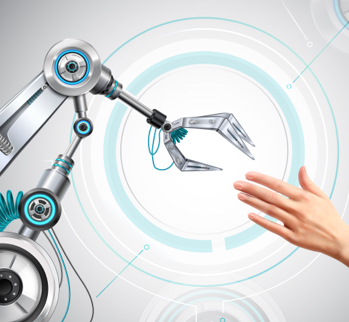

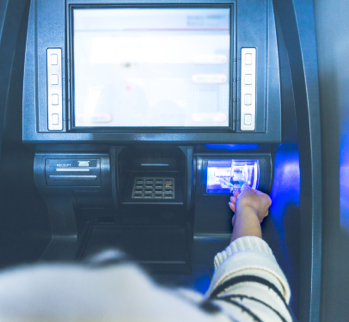
More case studies and use cases will emerge in the year 2020 as cloud-adoption increases and companies steadily progress towards new emerging trends that justify the IT investments through increased value.
